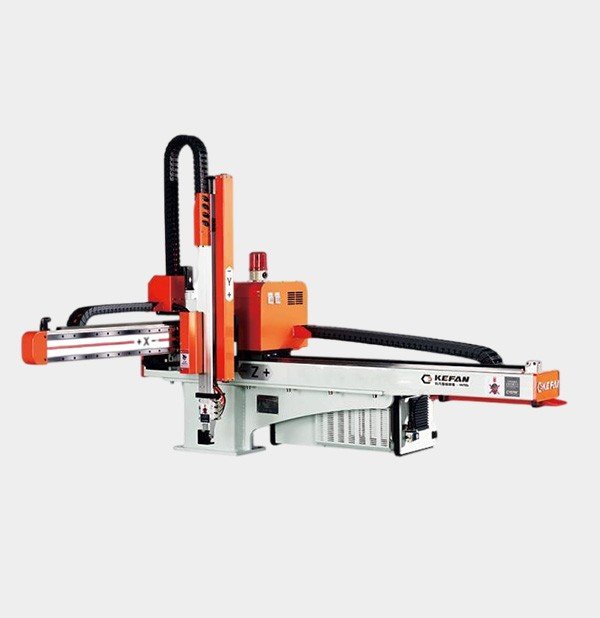Industrial robots are majorly used in manufacturing in modern times. Most exclusively, the cartesian robot has gained much popularity because of its highly flexible configurations. Such industrial robots are different from the other types as it moves along with three perpendicular axes.
Why is a cartesian robot different from other industrial robots?
The Cartesian Robot gives the users flexibility in adjusting the precision, size, and stroke length. You also can navigate the speed of the machines when required. Such robots are also called linear robots because of their way of working. It uses coordinated motions for connecting three perpendicular axes through one motion controller. In simple words, they move in similar lines to connect ups, downs, and both sides.
Use of industrial robots
Industrial robots are used for the following performances in a construction or manufacturing field.
● Spot Welding.
It helps in directing a large current for joining two contacting metal surfaces through the spot. It helps in melting the metal within a very short period of time.
● Materials Handling
Industrial robots are also created to be helping in handling the materials. They help in connecting one material to others or keeping them in order.
● Assembly
Robots are also crucial in assembling daily tasks to avoid complications. It can also complete tiresome as well as heavier functions within a concise time.
● Arc Welding
Robots can also be relied on to maximize the safety of the workers associated with the work. It allows the managers to keep the workplace safe from fire breakouts or other such haphazard.
● Mechanical Cutting and Grinding
Work like grinding, cutting, polishing, and deburring is also accomplished by industrial robots. If done by humans, it may take up to 1 or 2 hours. However, the machine can do similar work within a few minutes.
Apart from these, the cartesian robot is massively used in 3D printing and CNC machines. These robots are capable of moving in multiple directions, which makes it easier for straight-line insertions. They are also easy to program. Additionally, the straight-line program also allows it to carry payloads that are heavy.
Conclusion
In conclusion, the cartesian robot is one of the most acceptable industrial robots for its easy accessibility. The robots are flexible and can be handled easily. You can easily change the size, speed, and precision of the robot to accomplish your work in your way. There are other uses for industrial robots as well. They help in assembling all the necessary equipment required for the task completion. Moreover, they reduce labor charges as the machines are eligible to accomplish a lot of work within a certain amount of time. Hence, time can also be saved as robots take much less time than human labor.




